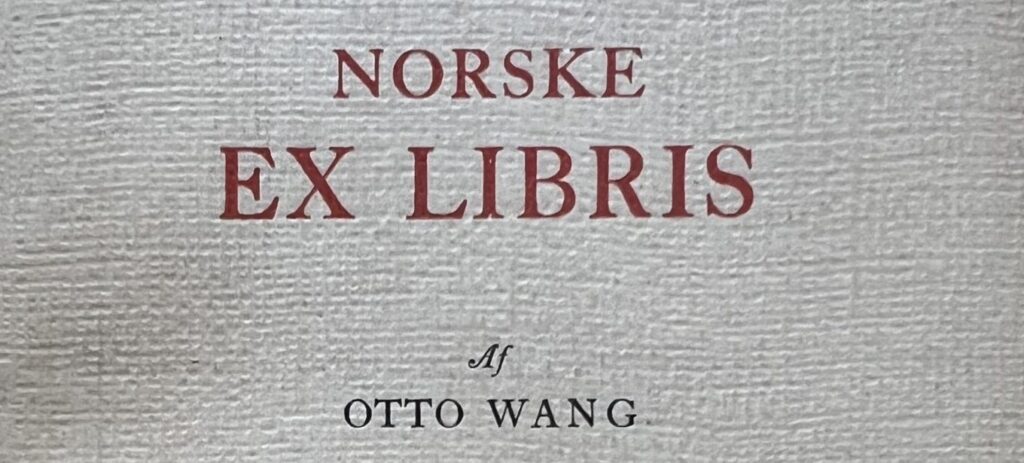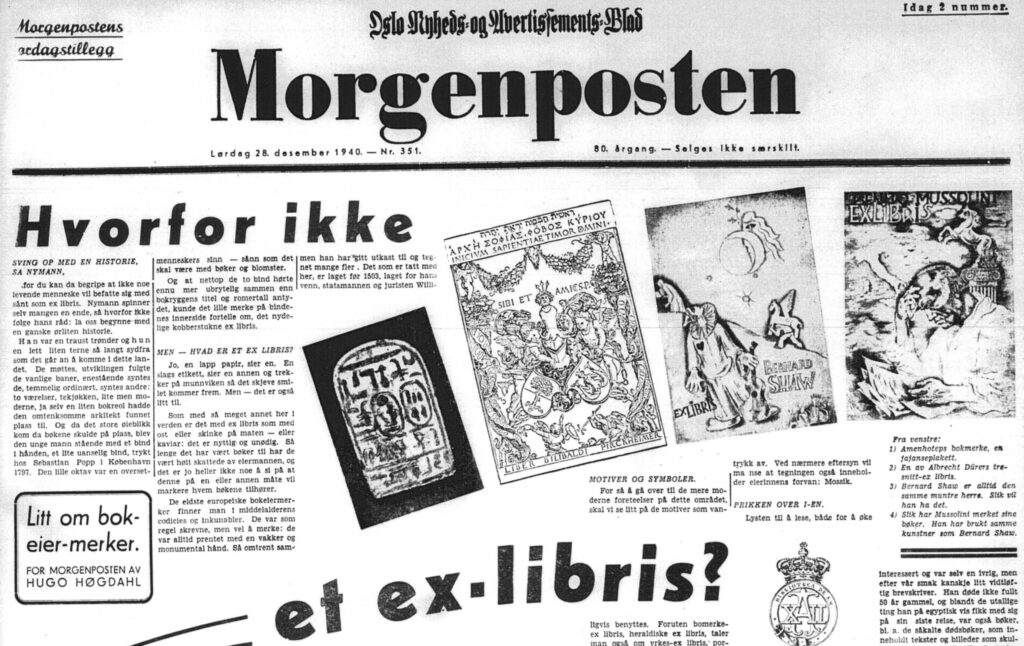Finally!!
My chapter contribution to the anthology “Examining Paratextual Theory and Its Applications in Digital Culture“, edited by Nadine Desrochers (Université de Montréal, Canada) and Daniel Apollon (University of Bergen, Norway) has been published by IGI Global (promised for April 2014, actually accessible since January 2015). The book which contains 16 chapters and an introductory part by the editors tries to cover a broad variety of disciplines (mostly in the humanities with some social sciences and information science) and tackles the often rather vaguely employed concept of paratext or paratextuality, respectively, in ‘digital culture’, meaning anything from electronic literature, to new media, from video games to online pornography platforms and from digital ‘objects’ to fanfiction in online forums.
Here’s the original abstract to my 35 pages long chapter titled “Video Game Framings”
This chapter discusses the applicability of the concept of ‘paratext’ (as coined by Gérard Genette) to audio-visual media in general and to video games in particular. In the first section, some potential elements of a video game’s ‘paratext’ are singled out by means of ‘auto-ethnographic’ description of the introductory sequence(s) of the first-person shooter game BioShock Infinite. Several segments of the game’s ‘threshold’ are differentiated employing a rather tentative ad-hoc terminology. In the second section, Genette’s definitional stipulations, posing the point of reference for everyone actually using the term ‘paratext,’ are reconstructed, clarified and constructively criticized. Here, the author also discusses potential objections to Genette’s definitional criteria and briefly touches upon some media-theoretical constraints of his approach. Ensuing from these meta-terminological considerations, the author turns to the questionable use of ‘paratext’ in video game studies. As critical examination reveals, the terminology in this field of research is rather vaguely connected to, and sometimes even completely detached from, Genette’s definition. As an objection to such redefinitions of the term, the chapter suggests (1) that its use be restricted to communicative signals meeting the following criteria only: (a) functionally subservient to (which obviously implies specifically referring to) ‘the game proper,’ (b) authorized by entitled members of the game’s production collective, (c) verbal, (d) (at least partly) extra-diegetic. Additionally, (2) the chapter proposes supplementing ‘paratext’ as an analytical tool with the higher-order umbrella term ‘framings’ (as coined by Werner Wolf).
The chapter is a close reading of Genette’s main terminological contributions to the concept of ‘paratext’ and an in-depth, analytical discussion of it and it’s appropriation, especially in new media studies. It will thus, hopefully (I dare say!), be an incentive to a discussion that is notably absent but necessary nonetheless. – If you’re only interested in the terminological clarifications and the discussion of the concept and its appropriation, you can skip the first part. However, if you want to follow me along entering the video game world of Bioshock Infinite™ in an auto-ethnographic narrative, you should definitely immerse yourself in part 1!
You can purchase the article or the complete book at IGI Global’s webshop. But I suggest that if you’re interested in my contribution and don’t want to or simply cannot afford to purchase it, to ask me and I will gladly provide you with a personal copy! Just send me an email!


